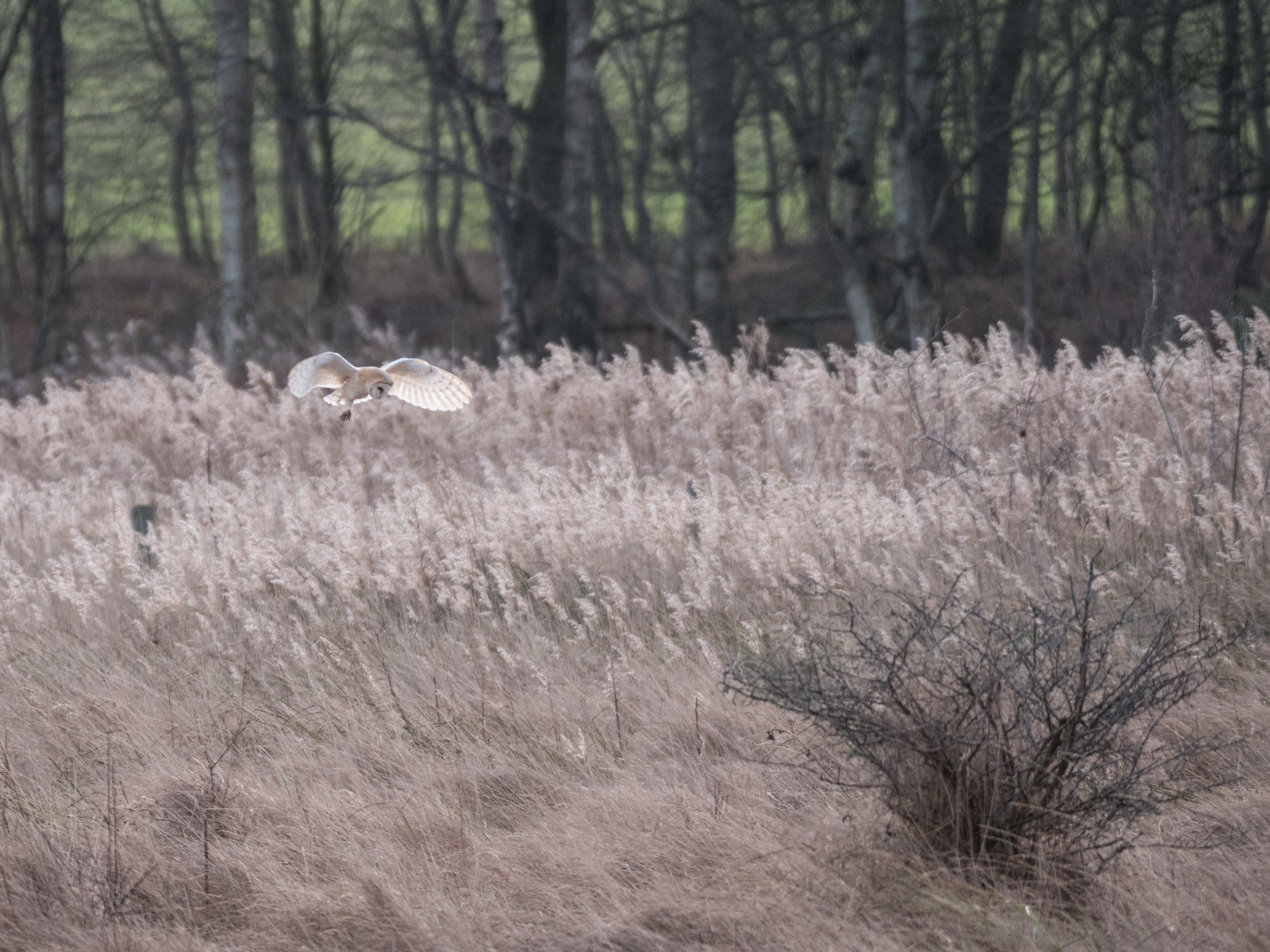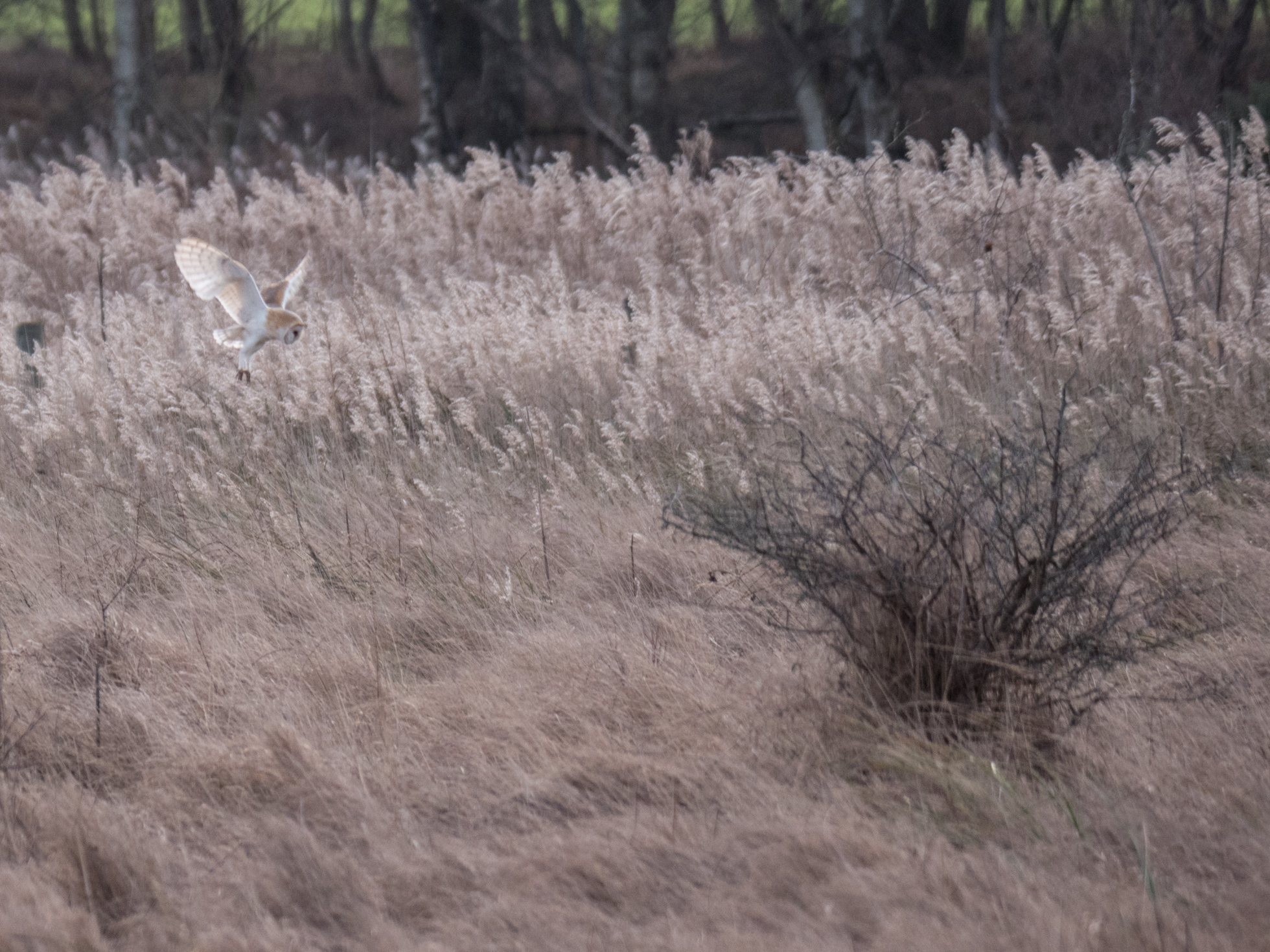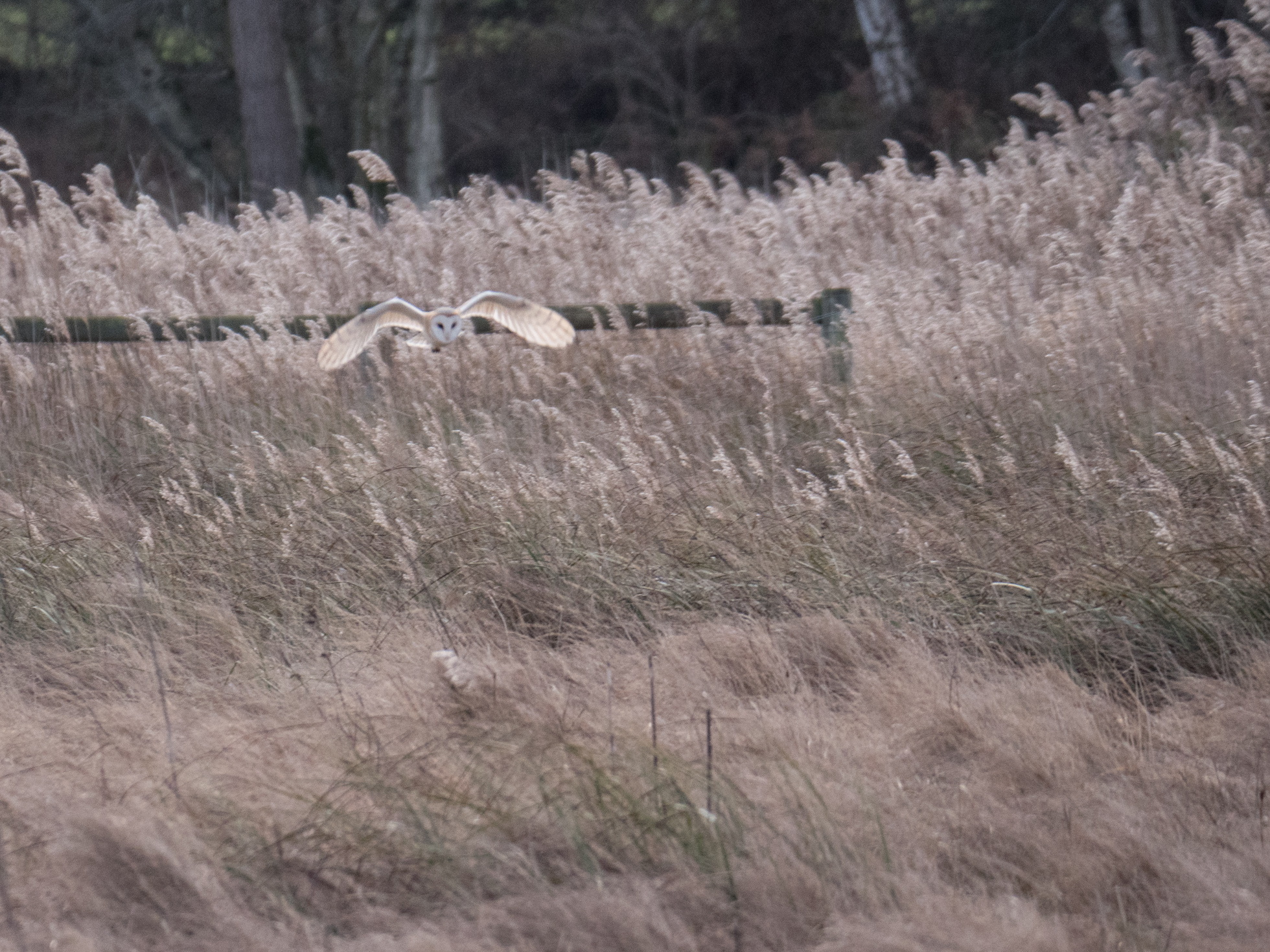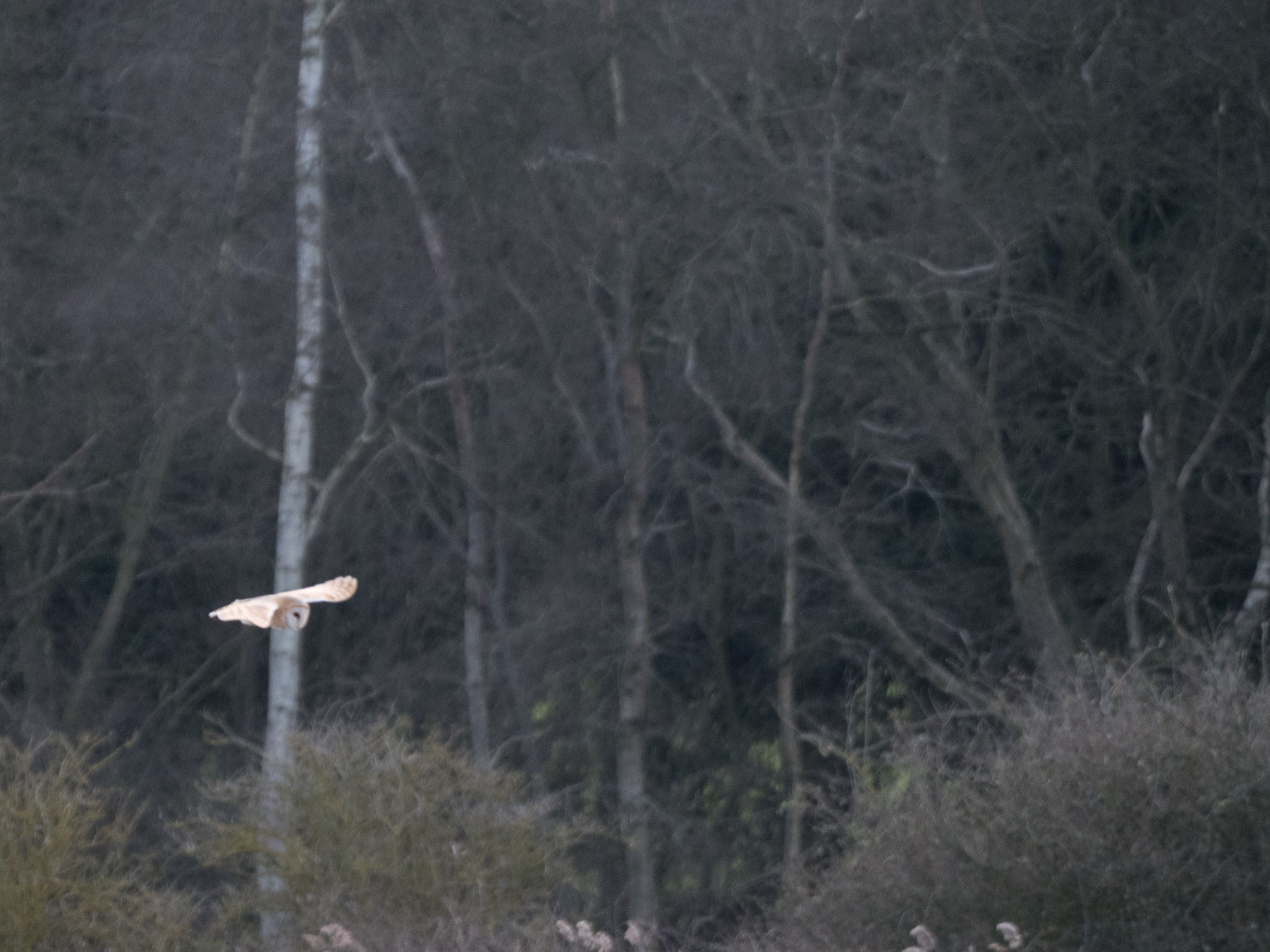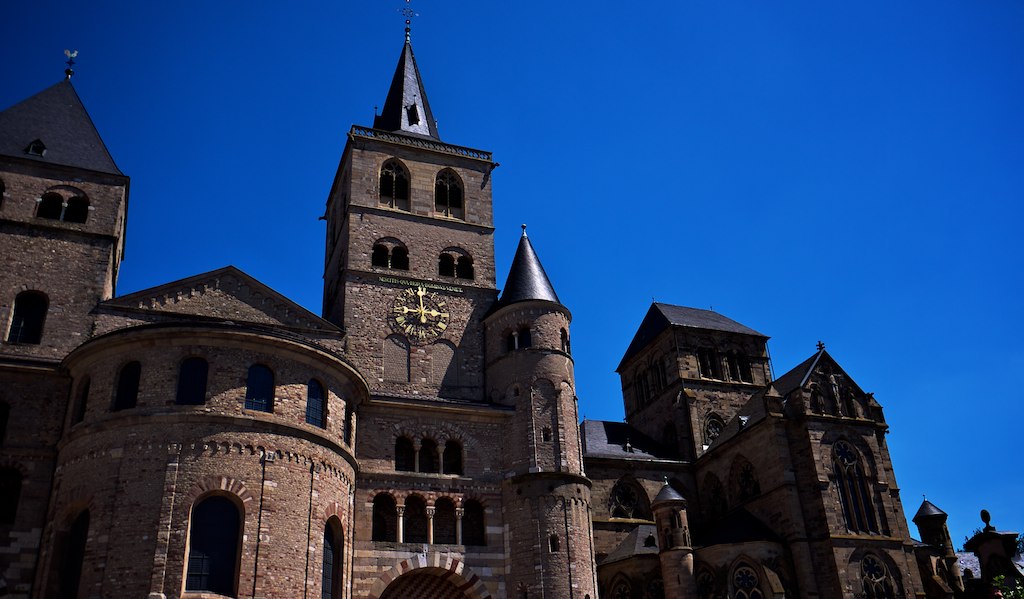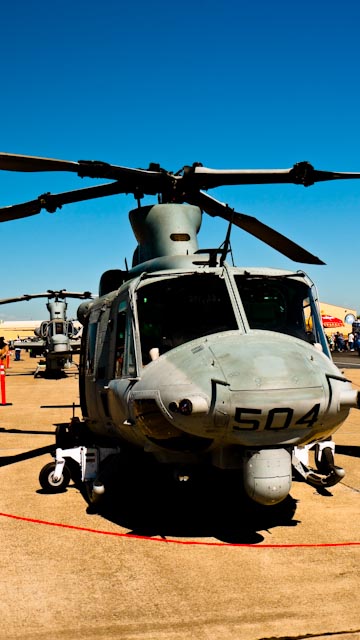Just a comment on Panasonic JPEG colors -
Traditionally Panasonic is one of the manufacturers that has had a problematic JPEG color engine. Hence why lots of praise for Olympus, which learned a lot from the get go from Kodak (Kodak was an original 4/3rds launch partner), and their more Koda-eske colors. Fuji obviously has their vast fuji film knowledge.
What I found is under good soft light, Panasonic JPEG engine used to behave nice with some smooth nice tones, but it was a narrow range of operation. Over time Panasonic continued to improve their color response, camera by camera, and on the G9 they specifically improved again (over GH5) as they have stated so explicitly.
dpreview has commented on this a bit and in particular- better blue in skies, yellows that don't go into greenish as easily.
The G9 has the best JPEG engine that Panasonic has done so far colorwise.
B&W JPEGS have been pretty good from Panasonic for a while.
Panasonic traditional JPEG engine problems tend to be those yellows that aren't that warm, blues that are a bit "video digital" color and reds that usually run into magenta (amazing the number of companies that for a while couldn't get red well). These of course are issues with a lot of evolution from them since back then.
I have noticed that RAW files seem to be baked from different manufacturers with a signature also (besides the influence a particular RAW converter may have calibrated to them).
Anyhow, I am glad that Panasonic has focused on addressing these issues.
One more step forward which is shared with the GH5, is that the JPEG engine when demosaicing the Bayer pattern takes into account several more surrounding pixels to come out with the final data. This is supposed to improve detail, color nuance, blah blah, etc. etc.

- Ricardo

